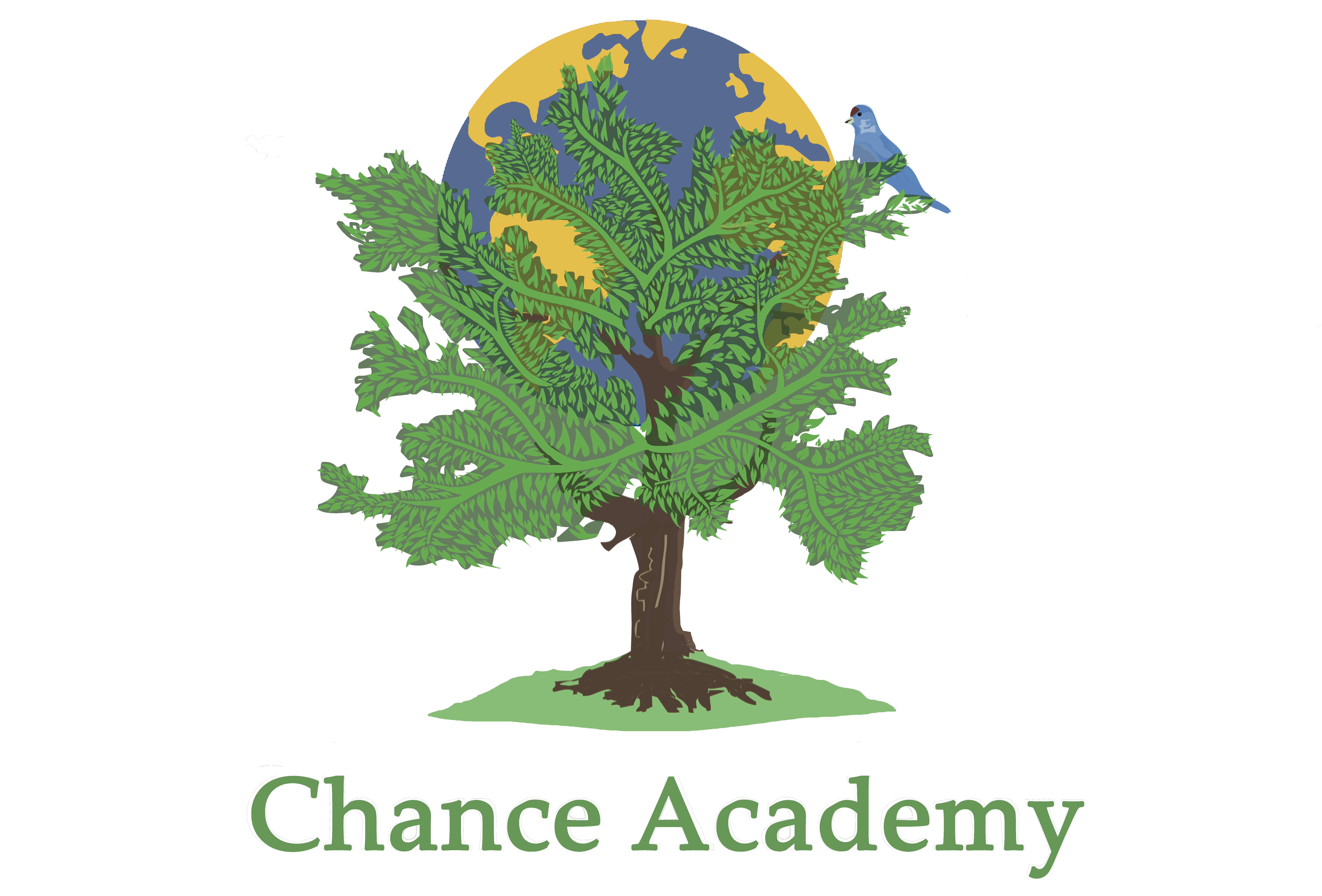Personalized learning represents a shift from the one-size-fits-all approach that has historically dominated educational systems towards a more tailored experience that acknowledges each learner’s unique needs, strengths, weaknesses, and interests.
This transformative approach reshapes how educators think about teaching and how students engage with their learning journey.
What Is Personalized Learning? An Introductory Guide
Defining Personalized Learning in Modern Education
At its core, personalized learning is an educational model that seeks to customize the learning experience for each student. Unlike traditional learning paradigms where teaching methods and pace are set uniformly for all students, personalized learning acknowledges that each student learns differently.
It aims to provide customized educational experiences that cater to individual learner needs, preferences, and learning goals. This approach leverages various teaching methods, technologies, and strategies to facilitate a more engaging and effective learning process.
Effective Personalized Learning Strategies for Diverse Needs
Implementing personalized learning requires a comprehensive understanding of different strategies that cater to diverse learner needs. This might involve differentiated instruction, where educators tailor their teaching methods and materials to meet the varied learning styles within their classroom.
Another strategy is using adaptive learning technologies that adjust the difficulty level of tasks based on the learner’s performance. Incorporating student choices, such as allowing learners to pick topics of interest for projects or assignments, also plays a crucial role in personalizing the learning experience.
Tailoring Education: Strategies to Enhance Student Engagement
Enhancing student engagement is a critical component of personalized learning. When education is tailored to the interests and needs of students, they are more likely to be motivated and engaged.
This can be achieved through community-based education that connects classroom knowledge with real-world applications, offers flexibility in how and when learning occurs, and fosters a classroom environment that encourages exploration and curiosity. By implementing these strategies, educators can create a more dynamic and stimulating learning experience that resonates with each student.
Real-World Examples of Personalized Learning in Action
Case Studies: Successful Personalized Learning Programs
Several schools and educational institutions have successfully implemented personalized learning programs, demonstrating the potential of this approach to transform the learning experience.
For instance, a school might integrate technology in the classroom to provide students access to various resources and learning materials that cater to their individual learning styles and paces. Another example is a program that integrates project-based learning, allowing students to work on projects that interest them while meeting educational standards and objectives.
Understanding the Benefits of Personalized Learning
Transforming Student Outcomes with Personalized Learning
Personalized learning has the potential to significantly transform student outcomes by making learning more relevant, engaging, and effective. Students who participate in personalized learning environments often show improvements in academic performance, increased engagement and motivation, and higher satisfaction levels with their learning experience. This approach also fosters a deeper understanding of the subject matter, as students can explore topics that align with their interests and learning styles.
Furthermore, personalized learning can help develop critical life skills, such as problem-solving, critical thinking, and self-directed learning, preparing students for success beyond the classroom.
How Does Personalized Learning Transform Student Outcomes?
Personalized learning is a dynamic educational approach that tailors instruction to meet each student’s unique needs, skills, and interests. This method stands in contrast to the traditional one-size-fits-all model of education and has been shown to transform student outcomes in several key areas significantly:
- Enhanced Engagement: Personalized learning environments allow students to explore subjects that interest them within the curriculum framework. This relevance to their personal interests increases engagement and motivation.
- Improved Mastery of Material: By allowing students to learn at their own pace, personalized learning helps ensure they fully understand a topic before moving on. This approach can be particularly beneficial for subjects that build upon previously acquired knowledge, such as mathematics and languages.
- Better Learning Experiences for Diverse Learners: Personalized learning is inclusive by design. It accommodates students with a wide range of learning styles and needs, including those with disabilities. This adaptability helps reduce barriers to learning and enables all students to progress.
- Development of Self-Directed Learning Skills: Personalized learning often involves goal-setting and deciding how and what to learn. These activities help students develop important self-directed learning skills, such as time management and critical thinking.
Overall, personalized learning represents a shift towards more student-centered education, which adapts to the learner rather than expecting the learner to adapt to a predetermined educational model. This transformation not only improves academic outcomes but also prepares students better for various future challenges.
In conclusion, personalized learning represents a significant departure from traditional educational models, offering a more adaptable and student-centered approach. By understanding personalized learning, implementing effective strategies, and reviewing real-world examples and benefits, educators can transform their teaching practices and significantly enhance student outcomes. As this approach continues to gain traction, it has the potential to reshape the educational landscape, making learning more engaging, relevant, and effective for every student.
